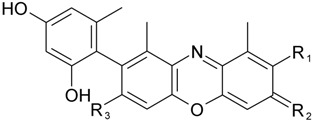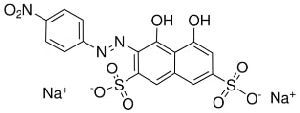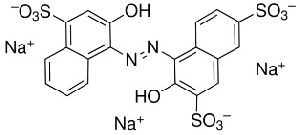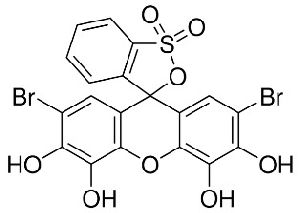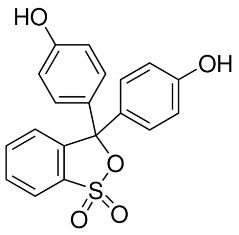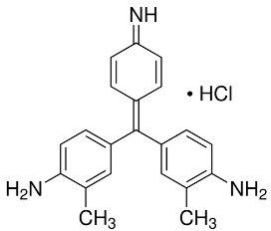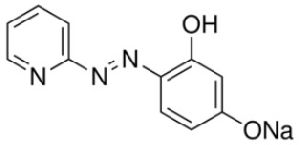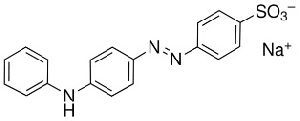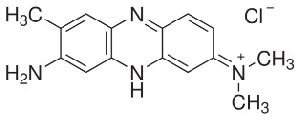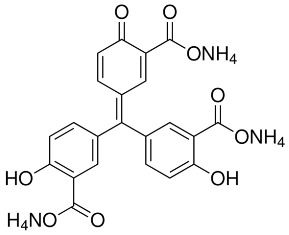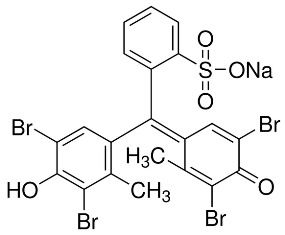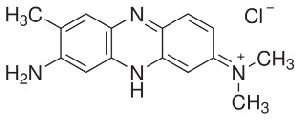Palghar, Maharashtra
Orcein
| Business Type | Manufacturer, Supplier |
| C.A.S. No. | 1400-62-0 |
| Solubility 0.1 %(0.1N NaOH) | Clear solution |
| Absorption Maximum (0.1N NaOH) ?max | 574-580nm |
| Click to view more | |
Preferred Buyer From
| Location | Anywhere in India |
Product Details
Solubility
Soluble in acetone, alcohol, acetic acid (red color), and dillute aqueous alkali (blue-violet color). Insoluble in water.
Once used as a food colouring but now banned throughout the EC Cudbear is a dye extracted from orchil lichens that produces colours in the purple range. It can be used to dye wool and silk, without the use of mordant. Cudbear was the first dye to be invented in modern times, and one of the few dyes to be credited to a named individual. Orcinol is extracted from archil lichen, Rocella tinctoria. It is then converted to orcein by ammonia and air. Orcein is a reddish-brown dye, orchil is a purple-blue dye. aminoorceinimines.
Applications:
Orcein (Synthetic) is a red dye used in microscopy as a mordant for the staining of flagella, as well as for detecting elastic tissue in sputum.Orcein was originally obtained from lichens, but is now made from orcinol by hydrogen peroxide oxidation with ammonia present. It is a standard dye to use for the demonstration of elastic fibres, when it is applied in an acid, alcoholic solution. This same solution has also been shown to stain the rough endoplasmic reticulum of hepatitis B infected liver cell. Orcein is also used as a stain in microscopy to visualize elastic fibers, Hepatitis B surface antigens and copper associated proteins. It is a mixture of phenoxazone derivates - hydroxyorceins, aminoorceins, and Aminoorceinimines.
Looking for "Orcein" ?
Explore More Products

